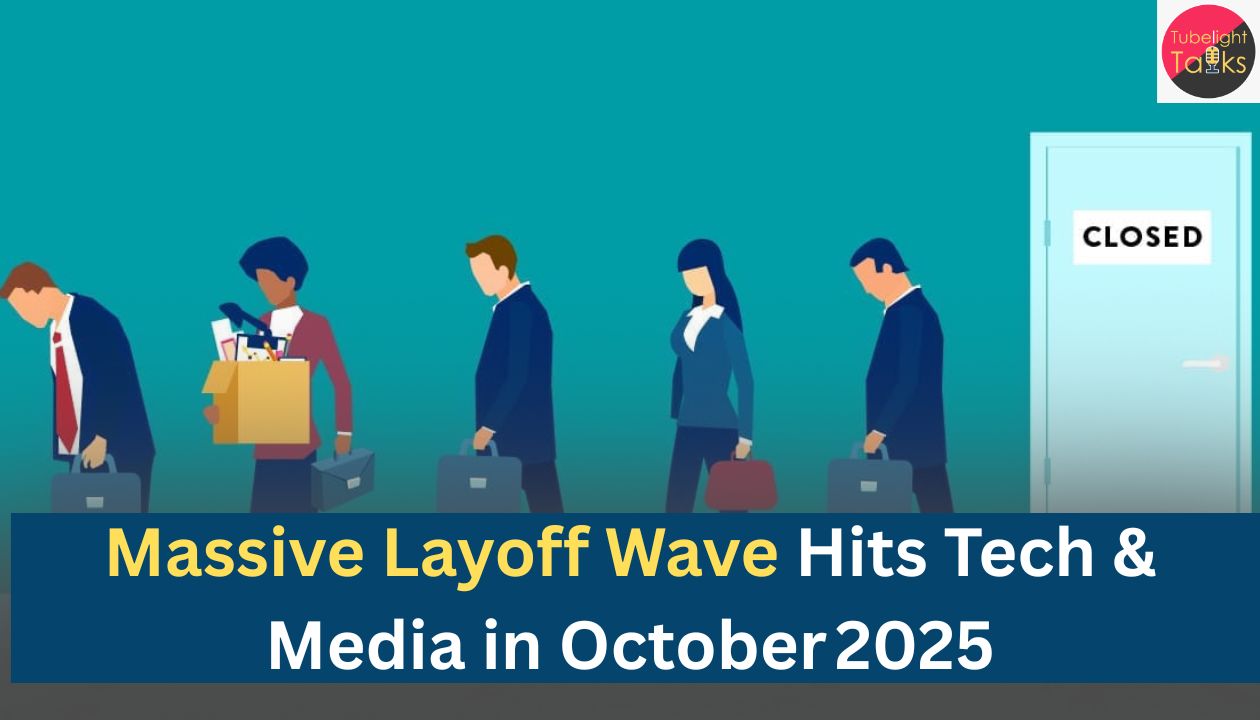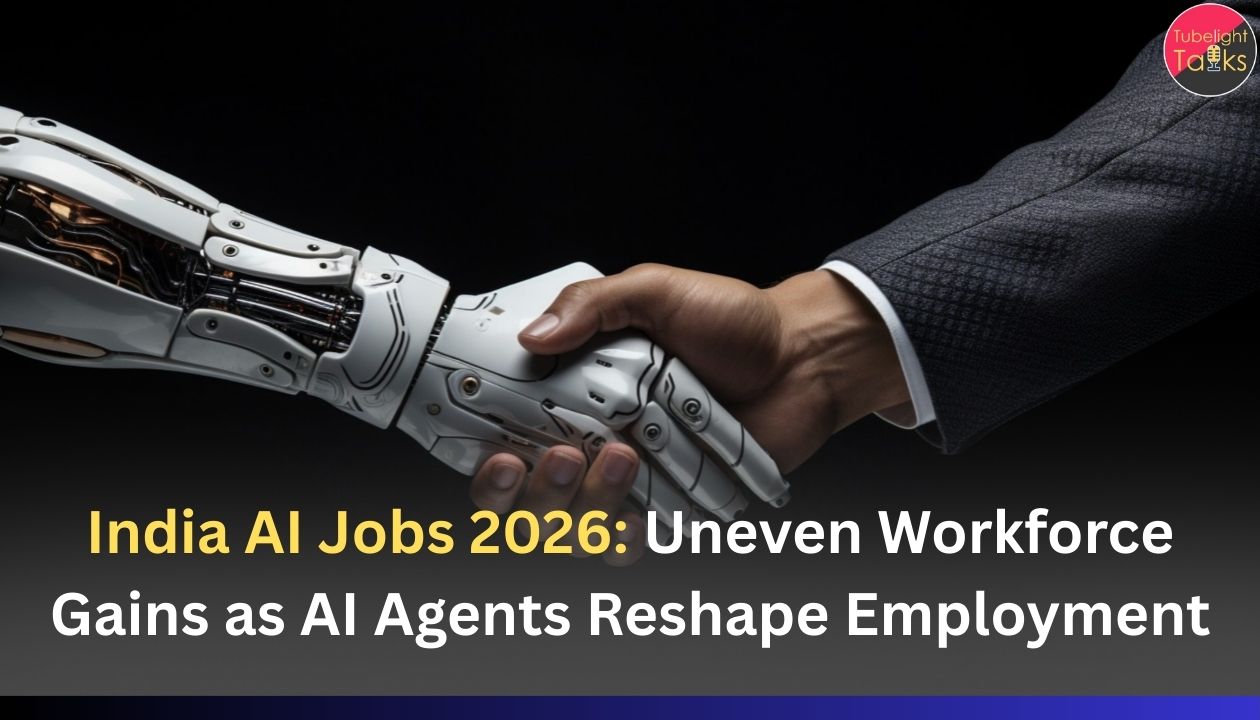Massive Layoff In October 2025, the tech and media sectors are witnessing a pronounced surge in job cuts, marking a significant shift in industry dynamics. From major tech firms to large media and cable companies, workforce reductions are no longer isolated to small startups or niche divisions. Instead, this wave reflects deeper changes — automated workflows propelled by artificial intelligence, economic uncertainty, changes in advertising and content consumption, and a broader push for efficiency.
Key Examples of Cuts in October 2025
Meta Platforms
According to internal memos, Meta has laid off about 600 employees from its super‑intelligence division and notified further job eliminations in its Risk division, Shared Services and Global Security & Privacy teams. The company cited automation, re‑organisation and a pivot to “industry‑leading AI‑native talent” as the rationale.
Charter Communications
Cable and broadband provider Charter Communications announced layoffs of around 1,200 employees — just over 1 % of its workforce — chiefly in corporate management roles outside of sales and service.
HRivian
Electric‑vehicle maker Rivian Automotive is cutting approximately 4 % of its workforce amid declining EV demand and the rollback of tax incentives.
Broader Tracker Data
Tech‑industry trackers estimate that in 2025 so far tens of thousands of jobs have been cut. The October figure is notable for its breadth and inclusion of both tech and media enterprises.
What Is Driving the Layoffs?

Automation & Artificial Intelligence
Companies such as Meta specifically cite AI and automation as reasons for eliminating roles previously done manually. For example, Meta said many jobs in its Risk org are now handled via automated processes.
Economic Headwinds & Cost Optimization
Rising costs, inflation, weak growth in certain segments (especially media advertising and EV demand) are prompting firms to adjust staffing.
Shifts in Consumer Behavior & Advertising
Media companies and cable providers face changes in streaming, cord‑cutting, and competition from digital ad platforms — pressuring their cost base.
Strategic Re‑Positioning
Some firms are repositioning for the next phase of growth: focusing on fewer but bigger bets, reducing duplicative roles, and shifting toward high‑margin business models.
Broader Industry & Societal Implications
Workforce Uncertainty
Workers in tech and media increasingly face volatility — even in firms previously considered “stable”. Job security is becoming less predictable.
Talent Market Shift
With more freed‑up talent, recruitment may shift toward high‑skill, AI‑native roles, leaving many mid‑level jobs vulnerable.
Impact on Innovation
While targeting costs may improve margins, long‑term innovation could suffer if companies focus too heavily on short‑term savings.
Regional & Economic Spillovers
Job cuts in key hubs (e.g., Silicon Valley, media capitals) can affect suppliers, real‑estate, and local economies.
Industry Trends & Data to Watch
Layoff Volume & Company Mix
Watch how many more firms announce cuts and which sectors (software, hardware, media, EV) are most affected.
Role Types Being Cut
Which functions are most vulnerable? Automation, Shared Services, Design/UX, Corporate Support? Meta’s example indicates non‑client‑facing roles may be first.
Re‑Hiring & Talent Realignment
How many laid‑off workers are rehired elsewhere? Are companies investing in retraining or AI roles?
Geographical Shifts
Are job cuts concentrated in particular regions or countries? What does this mean for global talent migration?
Also Read: Google Announces Major Layoffs: 10% of Managerial Roles to Be Cut as Part of Efficiency Drive
A Spiritual Perspective on Workforce Shake‑Up
Amid technology, cost‑cuts and restructuring, the teachings of Sant Rampal Ji Maharaj offer a grounded reflection: work, progress and human dignity are intertwined. Layoffs remind us that real value lies in human potential, service and adaptation, not just organisational charts or fancy titles. In this era of AI and automation, the challenge is: how do we uplift people, keep human‑centric values intact and ensure that progress is inclusive, not just profitable? The tech and media cuts of October 2025 are not only a market story—they are a human story.
What Comes Next?
Potential Scenarios
- Continued cuts if tech/advertising demand remains weak and firms face margin pressure.
- Stabilisation and pivot to new growth areas (AI, infrastructure, streaming) with refreshed hiring in that domain.
Key Metrics to Monitor
- Rate of new layoff announcements in next quarter.
- Relative job creation in AI/automation roles.
- Media advertising and subscription revenue trends.
Advice for Workers & Executives
Workers: Upskill in AI, data‑analytics, high‑growth verticals; prepare for flexibility and career reinvention. Executives: Balance cost rationalisation with talent retention; invest in future‑skills and maintain morale.
FAQs: Tech & Media Layoff Surge October 2025
Q1. Why are tech and media firms laying off so many employees now?
Major reasons include cost pressures, automation/AI replacing manual roles, shifting business models (e.g., streaming, EV demand), and economic uncertainty.
Q2. Which companies have announced major layoffs this month?
Examples include Meta (≈ 600 jobs), Charter Communications (≈ 1,200 jobs), Rivian (~4 % workforce reduction) among others.
Q3. Are these layoffs only in tech start‑ups or also large firms?
They span both major public companies and startups. The October wave includes large, well‑known names in both tech and media.
Q4. Does job cutting mean firms are scaling back innovation?
Not necessarily. Many cuts are part of strategic repositioning: firms may be reallocating talent toward AI, automation or next‑gen business models—though there is risk of innovation slowdown if cost‑cuts are too deep.
Q5. What can affected workers do?
Workers may consider upskilling in areas such as AI, data‑science, automation and high‑growth verticals; exploring roles in industries less exposed to disruption; and staying agile in the evolving labour market.










